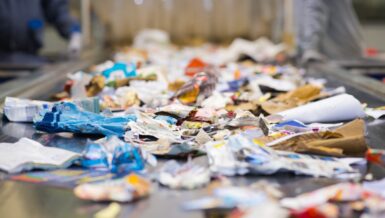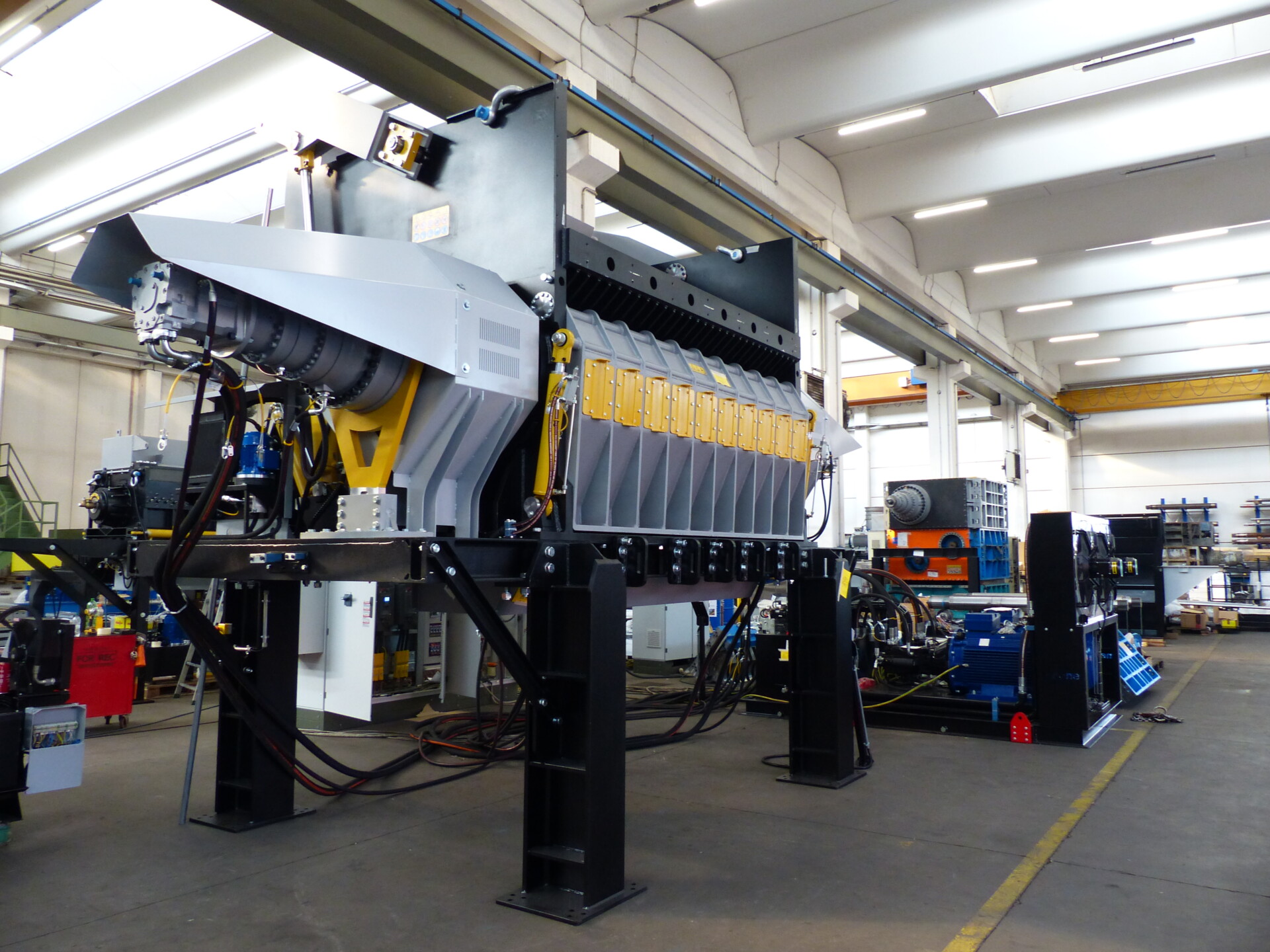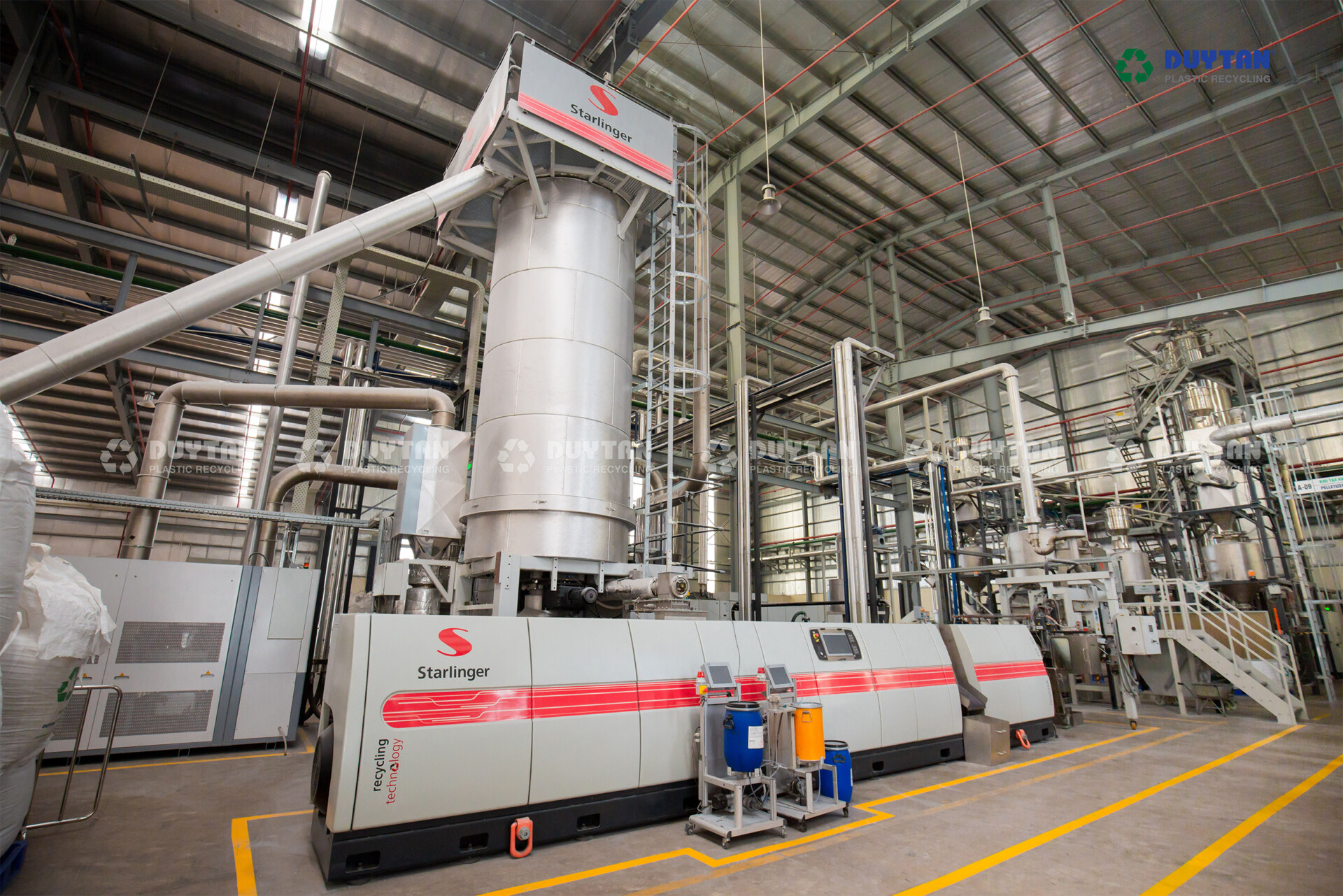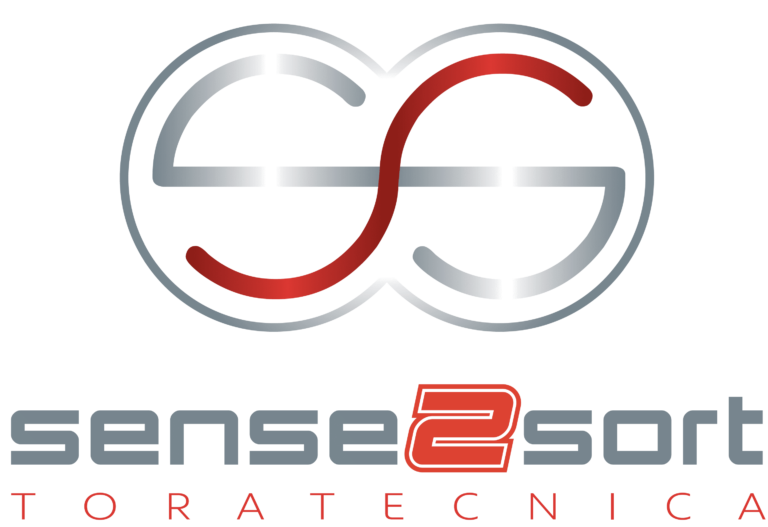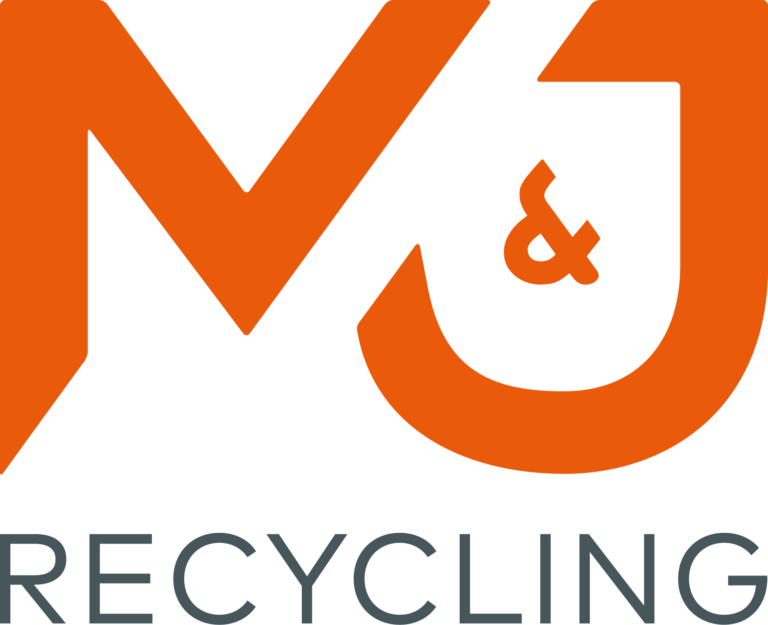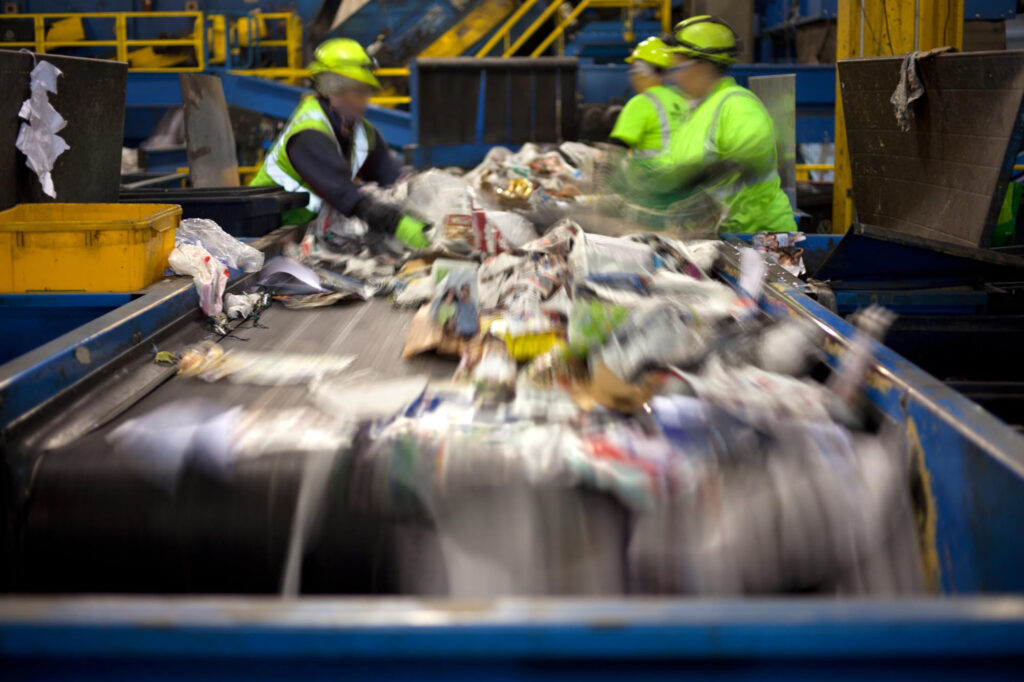However, recycling these materials requires a specific approach because of their characteristics. STADLER, a leading supplier of sorting plants for the recycling industry, has seen a sharp increase in the demand for sorting and recycling facilities capable of closing this loop.
The pressure to address film and flexible packaging waste has been building up. Awareness about plastic waste and how to reuse materials has grown, and consumers are increasingly vocal in their requests for a more environmentally friendly approach to packaging. Legislation is also tightening up to encourage manufacturers to use Post-Consumer Resin (PCR) in addition to virgin resin. For example, in the United States, New Jersey’s legislature will send to the governor a bill requiring 20% PCR in plastic shopping bags and 40% three years later. A California Assembly Bill makes brands solely responsible for achieving 50% PCR in beverage containers by 2030, with the aim of “making manufacturers partners in ensuring they have sufficient material to meet this requirement” 1. The big international brands are setting self-imposed mandates about the content of PCR in their packaging in the expectation that legislation around the world will become increasingly stringent.
As a result of the pressure for the creation of a plastics circular economy, the recycling sector is attracting public and private investment. Closed Loop Partners – a New York-based investment firm that provides equity and project finance to scale products, services, and infrastructure at the forefront of the development of the circular economy – is participating in the acquisition of a majority stake in Sims Municipal Recycling and plans to expand the business into additional municipalities and post-consumer recyclable streams.2
The challenge of recycling film and flexible packaging waste
Recycling film and flexible packaging present very specific and unique challenges. “The first challenge is the low bulk density of these materials, which are very light and fluffy,” explains Enrico Siewert, Director of Product and Market Development at STADLER. “They tend to move around on a sorting plant’s conveyors and wrap themselves around the bearings of the shafts, affecting the equipment’s performance and maintenance. Also, these materials are susceptible to trapping moisture, they tend to crumple locking in the moisture, and it takes a lot of energy to clean them.”
“However, the biggest issue is that many of these materials are multi-layers, where different polymers – EVOH, PE, PP or PET – are sandwiched together to achieve the desired performance properties. The layers are fused together, so they are very difficult to separate mechanically. Also, they have different melt temperatures, so extrusion is difficult when using this material during the remanufacturing of new products.
Mechanical recycling cannot deal with multi-layers easily. In some cases, chemical recycling may be a solution: “it’s about breaking the hydrocarbons back down into oil that gets refined and made into a fuel or turned back into a resin with the aim of closing the loop,” says Enrico Siewert. However, this process is still in its infancy, and at this stage, it is very expensive and presents significant difficulties.
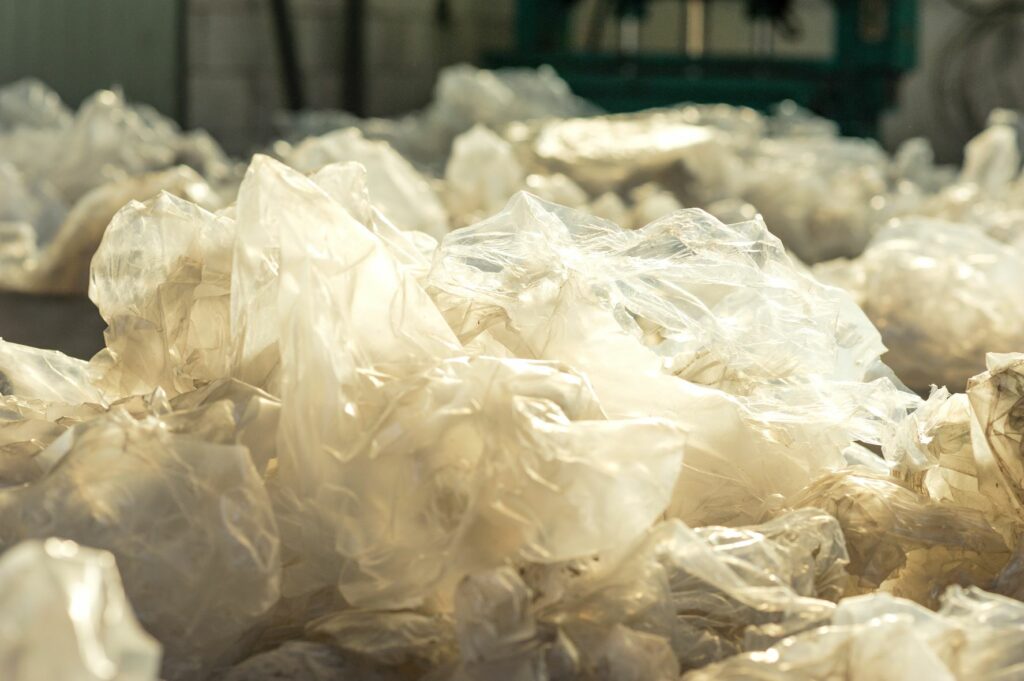
Specific sorting equipment for a challenging task
Film and flexible plastic materials require very specific sorting equipment such as STADLER’s because of the size and behavior of the materials inside or on specific machines.
The process begins with the materials – made up of mostly PE and PP – entering the processing facility as a bale, which is shredded. The material is fed into a ballistic separator, where it is divided into two streams, 2D and 3D. The 2D material is spread out and goes through optical sorters to separate the LDPE, PP, and HDPE.
This is followed by density separation in a tank, where the light PE and PP materials float and the heavier materials sink and go through paddles, which clean them. The floating PE and PP are then ground into smaller pieces and further cleaned with hot and/or cold water, in various friction devices. This process achieves very good separation, with about > 70% of the output made up of PE and PP (largely dependent on input purity). The material is re-melted into a resin, which is then further filtered to remove any remaining particles of extraneous materials, such as paper, dirt, aluminum, and other non-conforming polymers.
The output of this process is clean, dark grey pellets, when you don´t separate the material by color in the beginning, made up of up to 99% pure PE. This material can be used to produce black plastic film items, such as garbage bags. It can also be chemically recycled to take out the coloring at the end of the process and to obtain a clear almost virgin-like resin.
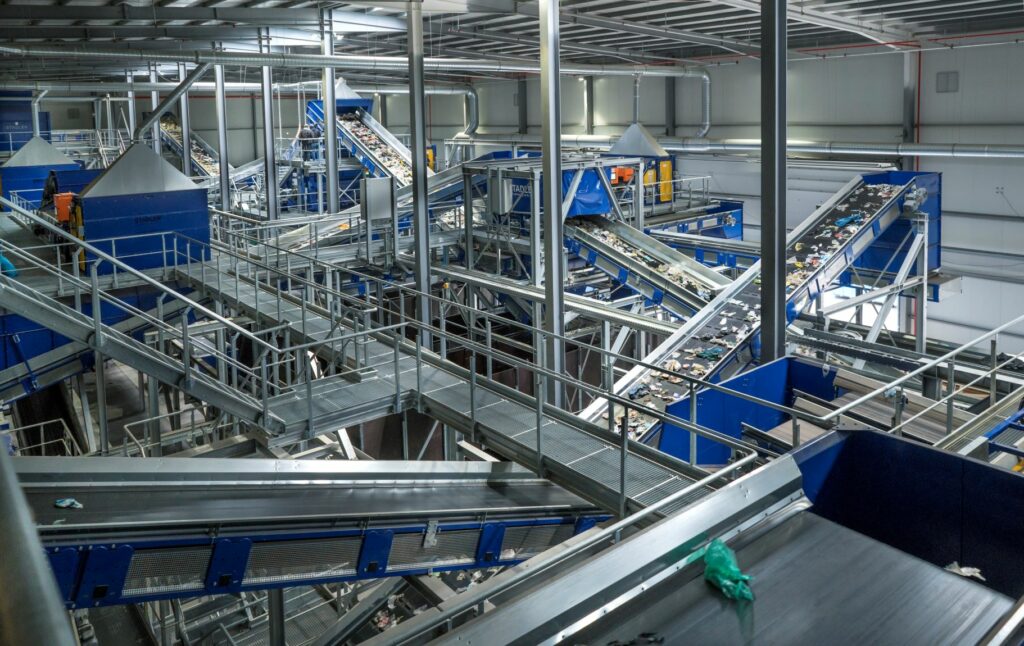
A growing demand for film and flexible packaging sorting solutions
STADLER has experienced a surge in the demand for sorting solutions for film and flexible packaging since it completed its first plant for Integra, in Sofia, Bulgaria, in 2018. Its ballistic separators, label removers, and conveyors are at the heart of its offering for film sorting facilities, and it is constantly evolving its offering, listening to customers, and developing solutions to the issues as they arise.
“We are always developing new machinery, establishing partnerships, and looking at ways to handle this material stream that is difficult to recycle because our customers are demanding it,” says Enrico Siewert. “And we are refining our systems for the chemical recycling plants, which are increasingly aware of the need for sophisticated front end systems to sort, screen, and wash the materials before they can be chemically broken down into recyclates.”
STADLER is also actively involved in the ongoing dialogue between the recycling industry and big brands about adopting a more sustainable ‘Design for Recycling’ approach to packaging that facilitates the recovery of materials at the end of its life.
“I believe that, at STADLER, we are very good at listening to our customers and understanding their needs. We bring the right team and industry experience, and we pay attention, we are involved in the industry, always looking at new technology as it comes in, so that we are able to advise our customers on the best solution for their operation – what technology is available, how to sequence the equipment correctly to bridge the gap from waste to a finished product.”






